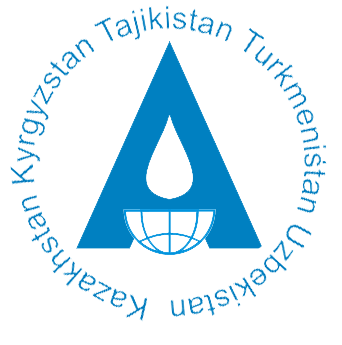The crisis of the Aral Sea is a very dramatic event of modernity. In the recent past, the Aral was a unique natural object – a saline sea with a volume of 1083 km3 and an area of 68 thousand km2, with high biological productivity and a peculiar world of living organisms.
In the second half of the 20th century, large-scale programs for the development of new lands were carried out in the Aral Sea basin, as a result of which the area of irrigated land and the amount of water intake doubled. As a result, the water supply in the Aral Sea increased sharply, the water level in the sea dropped by more than 20 m by 2000, while the volume decreased by 6.4 times, and the water surface area dwindled more than three times.
All this resulted in the deterioration of the socio-economic and ecological situation of the whole region. The Aral Sea ecological disaster has an impact on the quality of life and living conditions of more than 50 million residents of the region – by declining incomes, destruction of culture, migration growth, low life expectancy, high infant mortality, the growth of bacterial and viral diseases – this is an incomplete list of the consequences of the ecological crisis.
In order to eliminate the consequences of the drying up of the Aral Sea, to prevent the ecological and socio-economic crisis in the Aral Sea basin, and to improve the situation in the region in 1993 the Head of Central Asian States established the International Fund for Saving the Aral Sea (IFAS).
Within the framework of IFAS, the countries of the region together with the international organizations make efforts to solve existing problems and improve the socio-economic and ecological situation in the Aral Sea basin.
